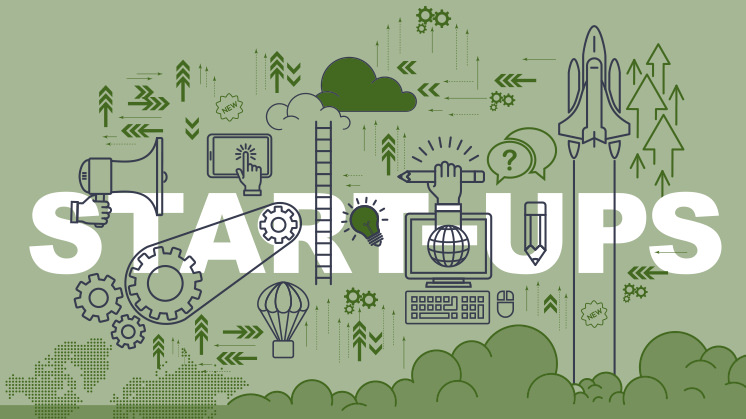EBAN Summit 2024 Applications Now Open!
EBAN Summit 2024 Applications Now Open! https://theraise.eu/wp-content/uploads/2024/07/2024-07-11_14h09_12-1024x457.png 1024 457 RAISE fosters startup growth and scale-up within and across Europe https://theraise.eu/wp-content/uploads/2024/07/2024-07-11_14h09_12-1024x457.pngAs an EBAN partner, we invite you to join the European Angel Investment Summit in Brussels on October 15-16. The Summit is a conference where connections flourish, expert knowledge is shared, and it offers a unique platform to network with investors and entrepreneurs from all over Europe and beyond. Join #EAIS24, where the focus will be on:
Past, Present, and Future of Angel Investing: Learn from the past to shape the future of angel investing, including increasing women’s participation and removing barriers for angels.
Deeptech: Learn about the latest tech trends in science driven innovation and deeptech venture investing in areas such as biotechnologies, quantum and AI.
DefenceTech: Discover the DefenceTech sector, one of the fastest growing tech areas of these recent months, and understand also how governments work with startups and investors in this space.
 Pitching showcase: Get introduced to generation defining startups from all over Europe as they pitch directly to you for seed equity investments.
Pitching showcase: Get introduced to generation defining startups from all over Europe as they pitch directly to you for seed equity investments.
 Unique networking at the EBAN 25th Anniversary: 500+ investors, founders, ecosystem stakeholders and policy makers will come together to celebrate 25 years of EBAN!
Unique networking at the EBAN 25th Anniversary: 500+ investors, founders, ecosystem stakeholders and policy makers will come together to celebrate 25 years of EBAN!
Do not miss out on the special discount to attend #EAIS24 – grab your tickets using the code: EBAN15PARTNERS. Join the Summit: https://europeanangelsummit.com/













